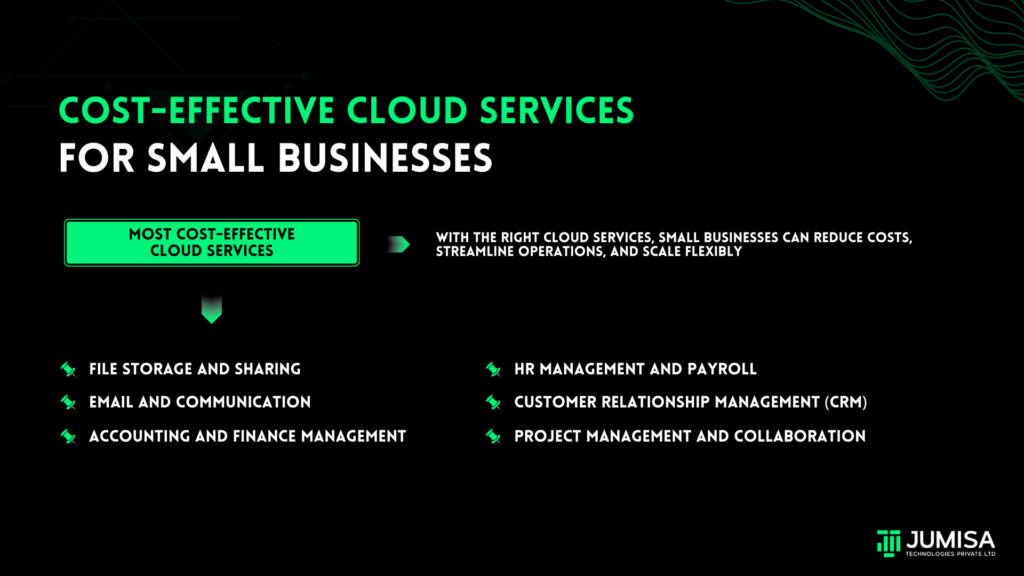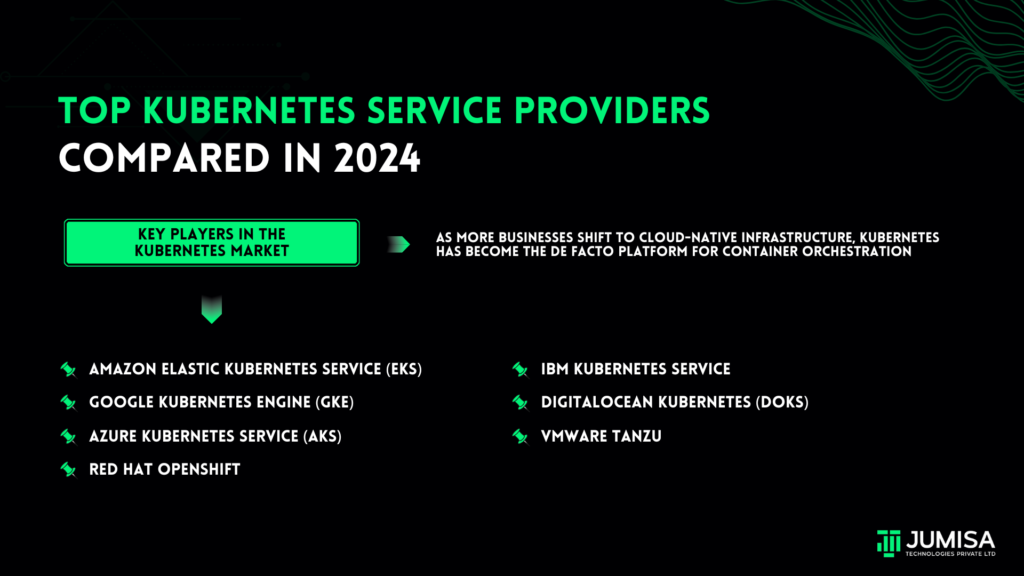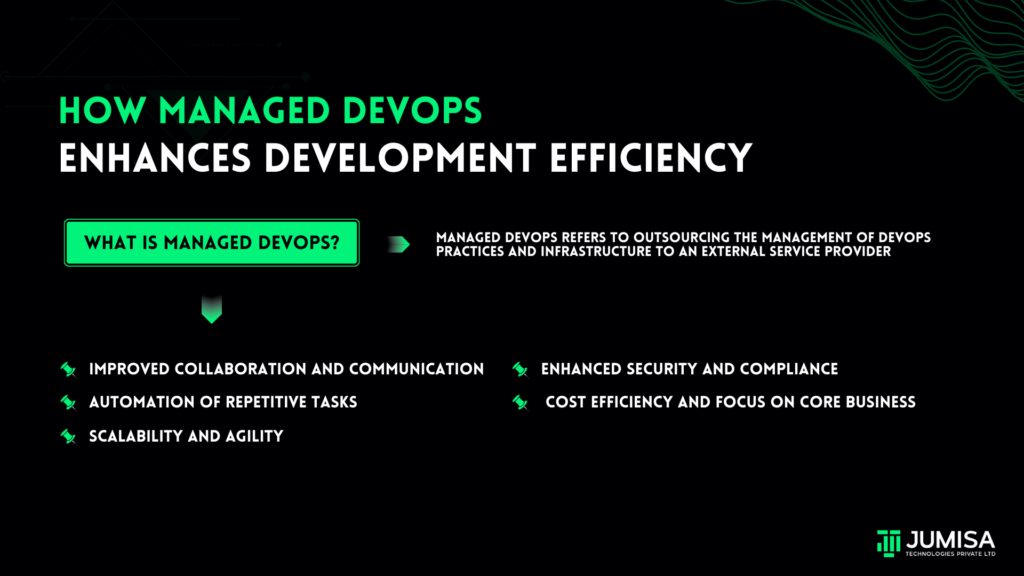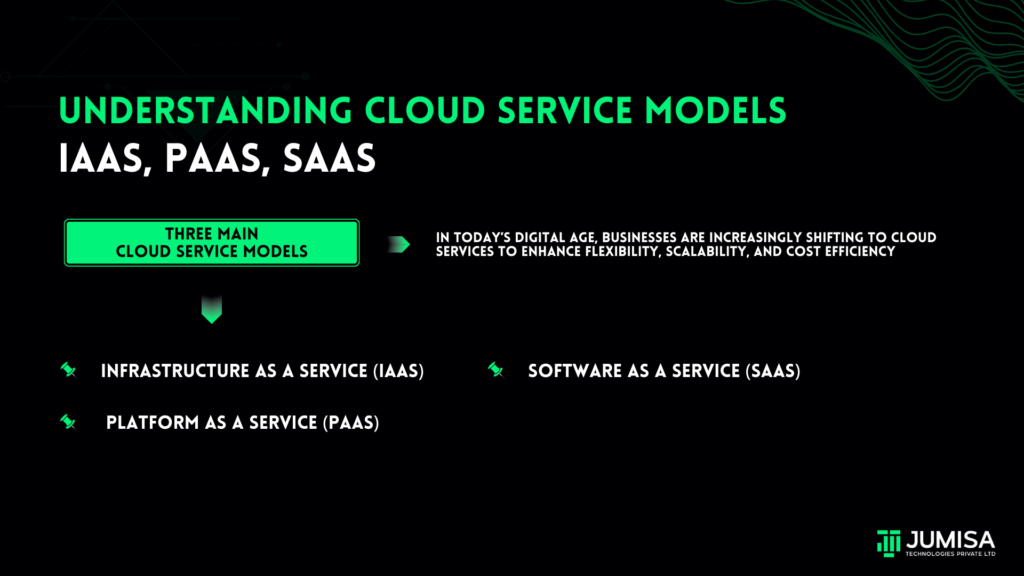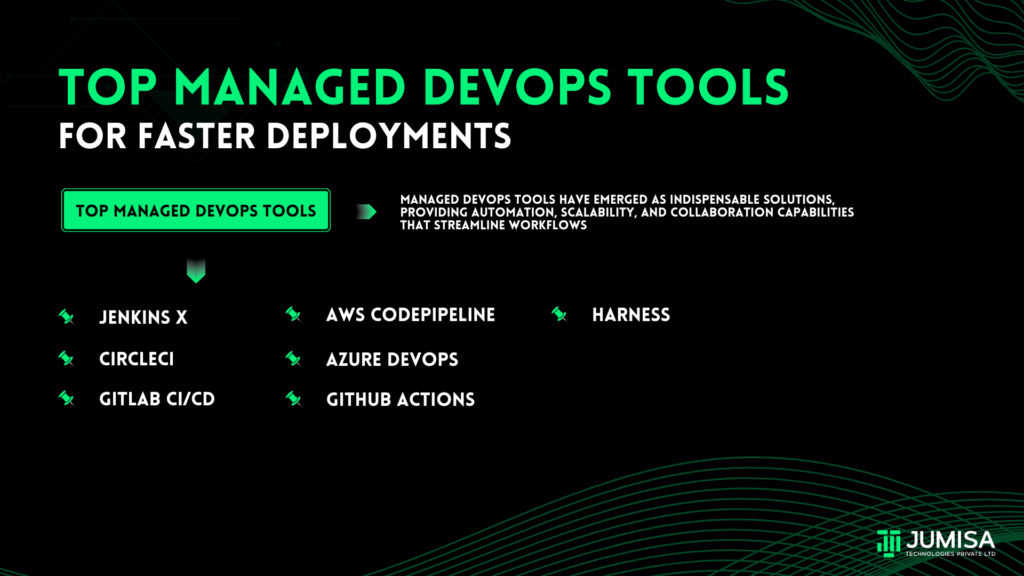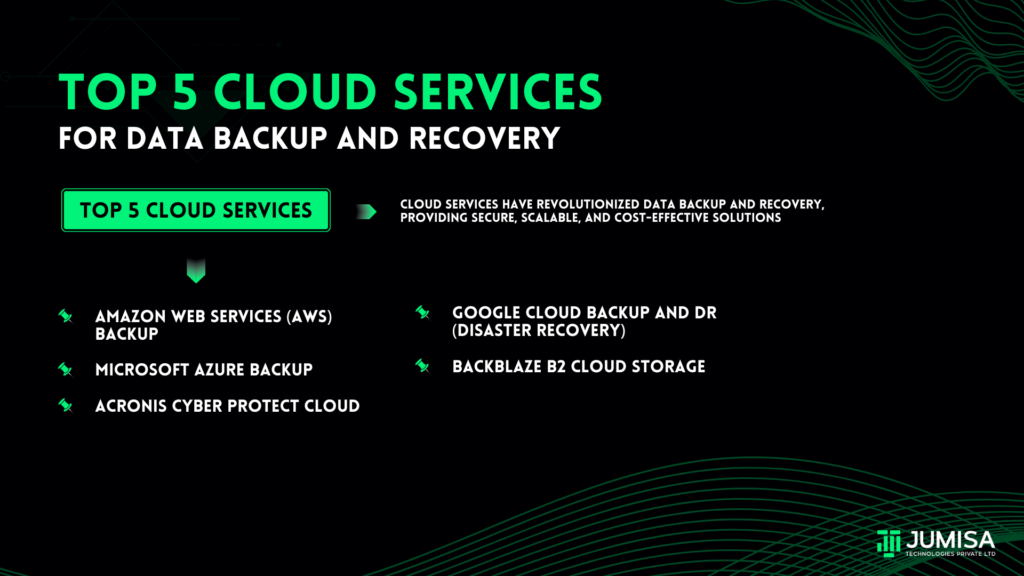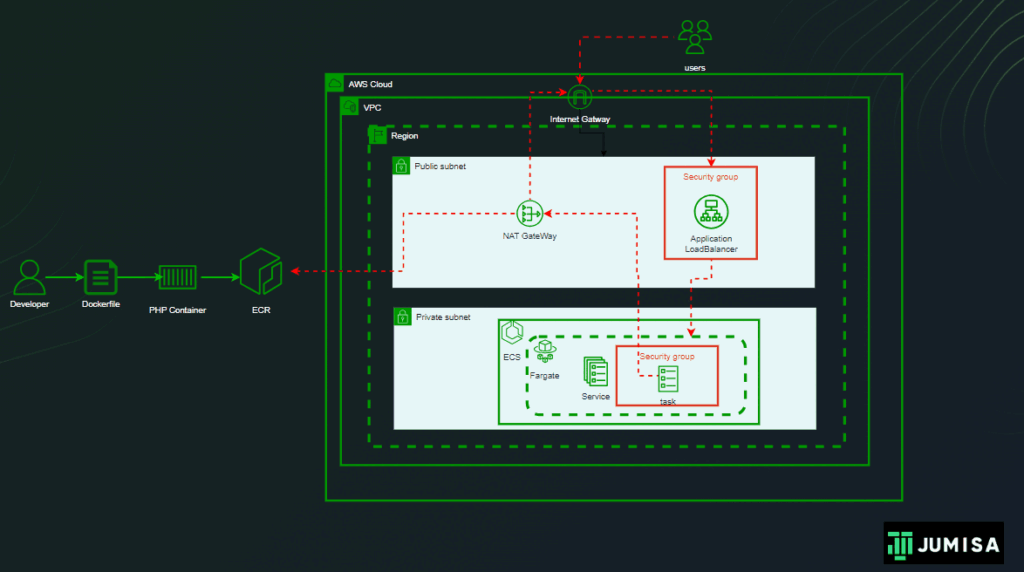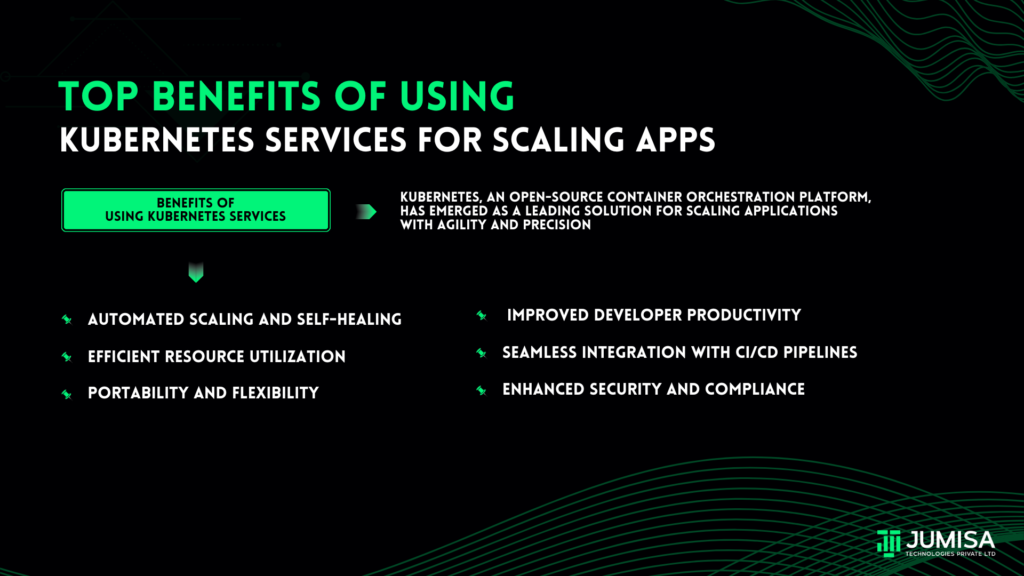
In the modern world of application development and deployment, the ability to scale efficiently and effectively is crucial.
As applications grow, so do the demands on infrastructure and management.
Kubernetes, an open-source container orchestration platform, has emerged as a leading solution for scaling applications with agility and precision.
In this blog, we will explore the top benefits of using Kubernetes services for scaling apps, highlighting how it simplifies complex processes, enhances performance, and drives business success.
1.Automated Scaling and Self-Healing
One of the most significant advantages of using Kubernetes is its ability to automate the scaling process. Kubernetes services can automatically scale your application up or down based on real-time demand. This capability is achieved through the Horizontal Pod Autoscaler, which monitors the resource utilization of pods (the smallest deployable units in Kubernetes) and adjusts the number of running pods accordingly.
For instance, if an e-commerce application experiences a sudden surge in traffic during a promotional event, Kubernetes can quickly scale up the number of pods to handle the increased load, ensuring a seamless user experience. Conversely, during periods of low demand, Kubernetes can scale down the resources, optimizing costs.
In addition to automated scaling, Kubernetes also offers self-healing capabilities. If a pod fails or becomes unresponsive, Kubernetes automatically replaces it with a new one, minimizing downtime and ensuring continuous availability. This self-healing feature reduces the need for manual intervention, freeing up developers and operations teams to focus on more strategic tasks.
2. Efficient Resource Utilization
Kubernetes is designed to optimize resource utilization, making it an ideal solution for scaling applications. By leveraging containerization, Kubernetes allows multiple applications to run on the same hardware with isolation, ensuring that each application has access to the resources it needs without interference from others.
Kubernetes’ intelligent scheduling algorithms place containers on nodes with sufficient resources, balancing the load across the entire cluster. This approach prevents over-provisioning and under-utilization, ensuring that resources are used efficiently and cost-effectively.
Furthermore, Kubernetes supports the concept of resource requests and limits, allowing developers to specify the minimum and maximum amount of CPU and memory each container can use. This feature ensures that critical applications receive the resources they need while preventing any single application from monopolizing the available resources.
3. Portability and Flexibility
In today’s multi-cloud and hybrid cloud environments, portability is a key requirement for scalable applications. Kubernetes provides a consistent platform that can run on any cloud provider or on-premises infrastructure, allowing organizations to deploy and manage applications in the environment that best suits their needs.
This flexibility extends to the ability to move applications between environments without significant reconfiguration. Whether you’re running in AWS, Google Cloud, Azure, or a private data center, Kubernetes ensures that your applications are portable and can be scaled across different platforms with minimal disruption.
The portability and flexibility offered by Kubernetes also make it easier to adopt a microservices architecture, where applications are broken down into smaller, independently deployable components. This approach enables teams to develop, deploy, and scale individual services without affecting the entire application, leading to faster development cycles and more resilient systems.
4. Improved Developer Productivity
Kubernetes simplifies the process of deploying and managing applications, leading to increased developer productivity. By automating many of the operational tasks associated with application scaling, Kubernetes allows developers to focus on writing code and improving the functionality of their applications.
With Kubernetes, developers can deploy their applications in a consistent and repeatable manner, regardless of the underlying infrastructure. This consistency reduces the likelihood of errors and makes it easier to test and debug applications before they go into production.
Moreover, Kubernetes supports declarative configuration, where the desired state of the application is defined in configuration files. This approach allows developers to version control their infrastructure alongside their code, making it easier to track changes, roll back updates, and ensure that the application is always running in the desired state.
5. Seamless Integration with CI/CD Pipelines
Continuous Integration and Continuous Deployment (CI/CD) are critical practices for delivering software updates quickly and reliably. Kubernetes integrates seamlessly with CI/CD pipelines, enabling automated testing, deployment, and scaling of applications.
By using Kubernetes with CI/CD tools like Jenkins, GitLab CI, or CircleCI, organizations can automate the entire deployment process, from code commit to production release. This automation reduces the time required to deliver new features and fixes, while also ensuring that applications are deployed in a consistent and reliable manner.
Kubernetes’ ability to roll out updates gradually, using techniques like rolling updates and canary deployments, further enhances the CI/CD process. These techniques allow teams to deploy updates to a subset of users before rolling them out to the entire user base, reducing the risk of introducing bugs or performance issues.
6. Enhanced Security and Compliance
Security is a top priority for any scalable application, and Kubernetes offers robust security features to protect your applications and data. Kubernetes provides built-in mechanisms for securing communication between services, managing secrets, and enforcing access controls.
For example, Kubernetes uses role-based access control (RBAC) to define permissions for users and applications, ensuring that only authorized entities can access sensitive resources. Additionally, Kubernetes can integrate with external identity providers, such as LDAP or OAuth, for centralized authentication and authorization.
Kubernetes also supports network policies, which allow you to define rules for how pods can communicate with each other and with external services. These policies help to isolate and secure your applications, preventing unauthorized access and minimizing the attack surface.
Moreover, Kubernetes’ declarative configuration and version control capabilities make it easier to achieve compliance with industry regulations and standards. By maintaining a clear record of how your applications are configured and deployed, Kubernetes simplifies audits and helps ensure that your applications meet the necessary compliance requirements.
Conclusion
Kubernetes has revolutionized the way organizations scale their applications, offering a powerful and flexible platform that simplifies the complexities of deployment, management, and scaling. By leveraging Kubernetes services, businesses can achieve automated scaling, optimize resource utilization, enhance developer productivity, and maintain robust security and compliance.
Whether you’re running applications in the cloud, on-premises, or in a hybrid environment, Kubernetes provides the tools and capabilities needed to scale with confidence and agility. As the demand for scalable, resilient, and efficient applications continues to grow, Kubernetes will remain a key enabler of success in the modern software landscape.

